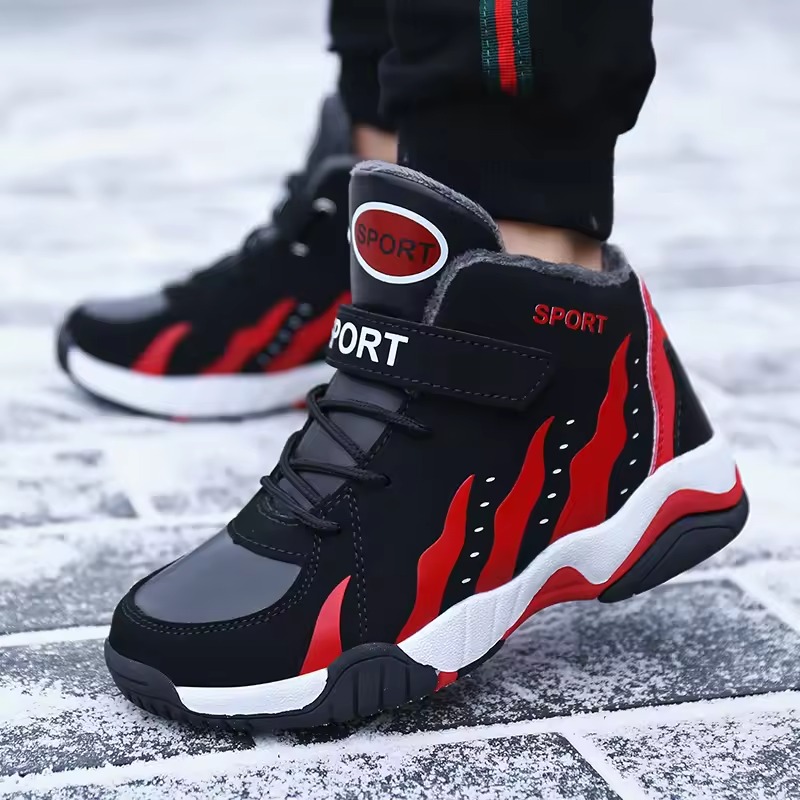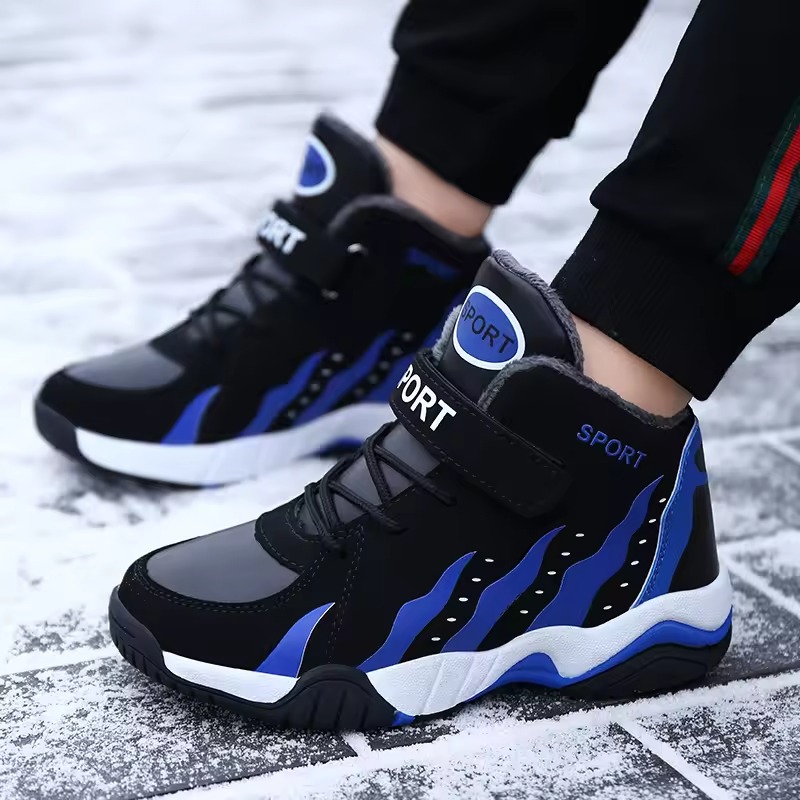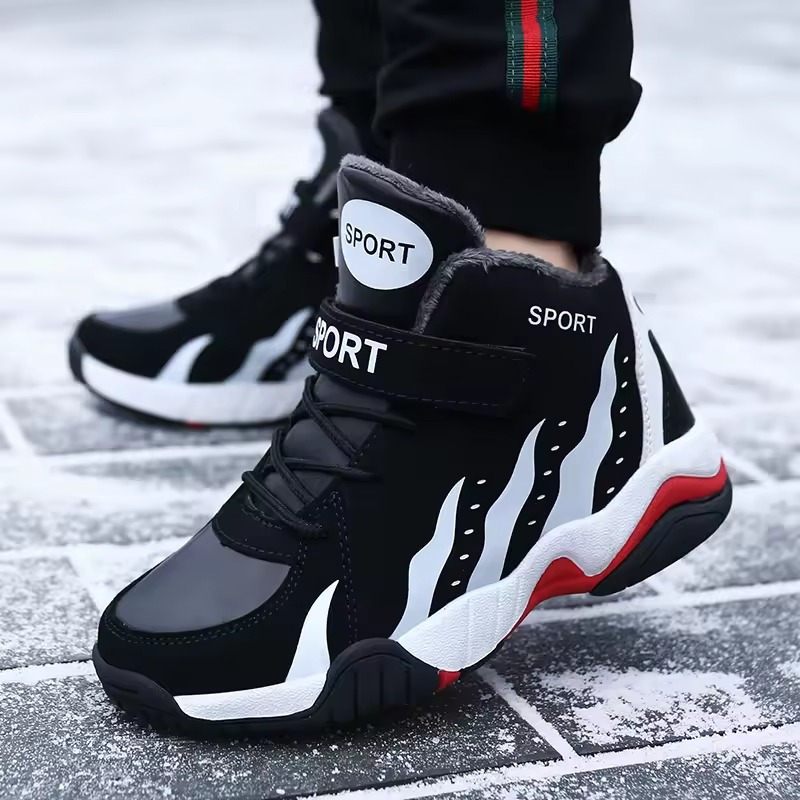What Are Flat Feet and How Do They Affect Running?
Flat feet, also known as fallen arches, occur when the arches of the feet flatten out. This can be due to genetics, injuries, or wear and tear over time. For runners, flat feet can influence stride and stability. Without the natural arch cushioning impact, flat-footed runners may face discomfort. This can lead to increased risk of injury.

Proper support from the best running shoes for flat feet is critical. These shoes help distribute pressure more evenly. They also correct foot alignment, reducing pain and preventing potential injuries. With the right footwear, runners with flat feet can enjoy comfortable, effective runs. Understanding how flat feet affect your running is the first step to better performance and comfort.
The Importance of Proper Footwear for Flat Feet
Choosing the right footwear is crucial for flat-footed runners. Shoes that support flat feet can enhance comfort and performance. Proper footwear helps to stabilize the foot. This is important in preventing overpronation. Overpronation can lead to injuries and strain on muscles and joints.
Good shoes for flat feet have special design features. They promote even weight distribution across the foot. This reduces stress on the heel and forefoot. Moreover, these shoes offer improved arch support. This support is vital in minimizing discomfort during and after running.
Therefore, investing in the best running shoes for flat feet is a wise choice. It helps maintain proper foot alignment. It also improves gait and posture. This investment can result in a significant reduction of injury risk. For flat-footed runners, the right footwear is not a luxury. It is a necessity for a healthy and active lifestyle.
Key Features to Look for in Running Shoes for Flat Feet
When shopping for the best running shoes for flat feet, key features are critical. Look for these essentials:
- Arch support: Shoes must have strong arch support. It helps prevent the foot from flattening further.
- Stability features: These control excessive foot motion. They reduce the risk of injuries due to overpronation.
- Cushioning: Ample cushioning in the midsole protects against impact. It also provides comfort during long runs.
- A wide base: A wide shoe base offers better balance. It distributes weight evenly across the foot.
- Structured heel counter: This part of the shoe offers heel support. It keeps the foot aligned with the leg.
- Flexible forefoot: Adequate flexibility at the front allows for natural motion. It aids in an efficient toe-off.
- Breathable material: A shoe that breathes prevents moisture buildup. It keeps feet dry and reduces blisters.
Select shoes with these features for comfort on the run. A shoe fitting these criteria will support flat feet well. It will enhance your running experience and help avoid discomfort.
Top Running Shoes for Flat Feet in 2025
Finding the best running shoes for flat feet is vital to your comfort and health. In 2025, many top brands have designed shoes that meet the needs of flat-footed runners. Here are some that stand out for their superior support, stability, and comfort.
- Brand A Model X: This shoe offers exceptional arch support and a robust stability control system. It’s a top choice for its cushioning and wide base.
- Brand B Model Y: It features a structured heel counter that aligns your foot perfectly. The shoe’s flexibility and breathable fabric make it a favorite.
- Brand C Model Z: With ample midsole cushioning, this model ensures impact protection. The wide base and strong arch support add to its popularity.
These options showcase the best running shoes for flat feet, combining key features with the latest technology. Each shoe offers a unique balance of the essentials you need. When trying them on, consider comfort, support, and your own running style.

How to Fit Running Shoes for Flat Feet
Finding the perfect fit for your running shoes is essential, especially when you have flat feet. Proper shoe fitting can significantly enhance comfort and prevent injuries. Here are steps to ensure a proper fit:
- Measure your feet: Foot size can change over time, so measure your feet frequently. Go shoe shopping later in the day since feet tend to swell.
- Check for space: Ensure there’s about a thumb’s width of space between your longest toe and the front of the shoe.
- Examine the width: Shoes should match the width of your feet without squeezing or allowing excessive movement.
- Feel the support: Walk around in the shoes to assess the arch support. It should feel supportive but not intrusive.
- Test stability: Shoes should stabilize your feet upon striking the ground. Notice if there’s any unusual shifting or sliding.
- Consider orthotics: Some runners with flat feet benefit from custom orthotics. Try them on with your shoes to check for fit.
- Reflect on comfort: Above all, the shoes must feel comfortable. No areas should pinch or rub.
Always try on several pairs of the best running shoes for flat feet before making your final decision. Take your time to walk or even jog in them if possible. The right fit will make a significant difference in your running experience.
The Relation Between Pronation and Flat Feet: What Runners Need to Know
Understanding pronation is key for runners with flat feet. Pronation refers to the natural inward roll of the foot during walking or running. This is a normal part of the gait cycle. But, for flat-footed individuals, the arch collapses too much, leading to overpronation. Overpronation can cause a chain reaction of alignment issues, affecting your knees, hips, and back.
For runners with flat feet, excessive pronation can increase injury risks. Common issues include shin splints, heel spurs, and plantar fasciitis. It’s important to know how your feet pronate. This will guide you in choosing the best running shoes for flat feet that offer proper support.
Shoes designed to control pronation can bring many benefits. They often come with structured support and a durable outsole. Look for features like medial posts or dual-density foams. These elements help prevent excessive inward rolling. The best running shoes for flat feet will have these support mechanisms in place.
Evaluate your gait or consult a specialist to understand your level of pronation. This step can be crucial for flat-footed runners. It helps maintain a comfortable and efficient running form. Remember, the right shoes don’t just fit—they also match how your feet move. This knowledge is vital in preventing discomfort and prolonging your running journey.
Caring for Your Running Shoes to Maximize Lifespan and Performance
To make the best running shoes for flat feet last longer and perform better, follow these tips.
- Keep them dry: Moisture can damage shoes. After running, remove insoles and let them air dry.
- Clean regularly: Use a soft brush and mild soap. Avoid harsh detergents that can degrade materials.
- Rotate pairs: This gives shoes time to recover their shape and prolongs their life.
- Avoid heat: Don’t dry shoes on heaters or in direct sunlight. High temperatures can warp the structure.
- Use for running only: Wearing your shoes for other activities can speed up wear and tear.
- Store properly: Keep shoes in a cool, dry place. Stuff them with newspaper to maintain shape.
- Check for wear: Inspect your shoes often, looking for signs of uneven wear or tread loss.
Following these steps can keep your shoes in top condition. This can help prevent injuries linked to worn-out footwear.

Additional Tips for Runners with Flat Feet
Alongside selecting the best running shoes for flat feet, other practices can enhance comfort and reduce injuries. Here are some additional tips to keep in mind while running with flat feet:
- Strengthen your feet: Simple exercises can strengthen the muscles in your feet. Toe curls and heel raises are good options.
- Choose the right socks: Compression socks or those with added arch support can complement your shoes.
- Stretch regularly: Focus on stretching your calves and foot arches. This can prevent muscle tightness and pain.
- Warm-up properly: Begin with walking or light jogging. It prepares your muscles for the run and lowers injury risks.
- Monitor your mileage: Increase running distance gradually. Too much too soon can strain flat feet.
- Consider your running surface: Soft tracks or treadmills may be kinder to flat feet compared to hard pavement.
- Practice good form: Running with a proper posture can help distribute weight evenly and minimize strain.
By following these tips and wearing the best running shoes for flat feet, you can enjoy a more comfortable and safer running experience.